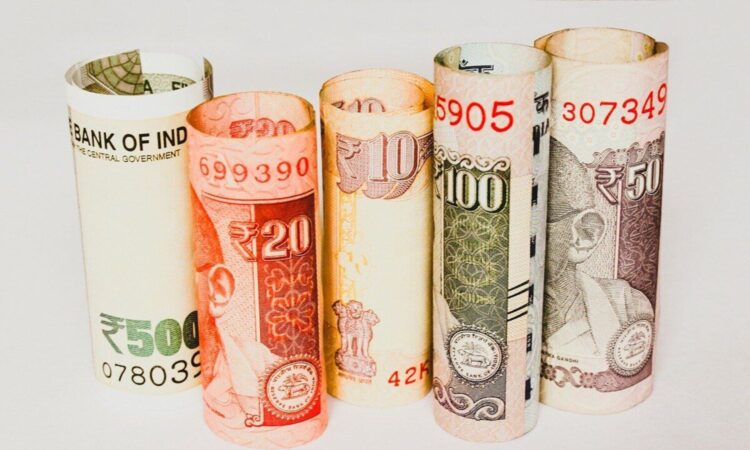
Indian assets are currently presenting a more promising outlook compared to their Indonesian counterparts, as the battle for supremacy between Asia’s top-yielding major markets unfolds.
While the Indonesian rupiah has outperformed the Indian rupee in terms of carry returns in the year 2023 thus far, market dynamics are indicating a potential shift in the second half of the year. Prominent investors, including Amundi SA and HSBC Holdings Plc, are recognizing India as the standout choice.
When assessing the compensation for risk, the Indian currency offers a higher carry-to-risk ratio of 2.8, whereas Indonesia lags significantly behind with a ratio of only 0.5, as per Bloomberg’s compiled data.
The appeal of rupee assets is bolstered by the highest bond yields among major Asian nations, combined with the relative stability of the currency due to interventions by the central bank.
This attractive combination is driving the inflow of foreign investments, with a substantial $10 billion being injected into Indian stocks during the current quarter alone. As a result, the rupee has soared to the top of the currency charts.
“In terms of the Indian rupee, carry and macro financial stability are attractive for the currency,” said Alessia Berardi, head of EM macro and strategy research at Amundi. “If you have an Asia specified portfolio, or want Asia exposure, this is a currency you want to go to.”
Investor sentiment toward India has been on an upswing amid one of the fastest paces of growth among major world economies. Foreign funds are locking in high yields in local-currency Indian debt as the central bank is seen on a rate pause until early next year.
Benchmark 10-year Indian bonds offer a yield of 7.07%, compared with 6.30% on similar-maturity Indonesian notes. Investors borrowing dollars to purchase rupiah fixed-income assets have earned 4.7% in the first half of the year, compared with 2% for India.
“The Indian rupee’s low volatility makes it a strong carry trade candidate,” said Johnny Chen, portfolio manager at William Blair Investments. “Given the relatively high weight of commodity-related exports in Indonesia, the Indonesian rupiah may be subject to more volatility.”
The rupee’s one-year implied volatility slumped more than 100 basis points this year to 5.21% on June 23, the least since 2007, data compiled by Bloomberg show. That’s the lowest in Asia after the Hong Kong dollar.
(With Bloomberg inputs)
Unlock a world of Benefits! From insightful newsletters to real-time stock tracking, breaking news and a personalized newsfeed – it’s all here, just a click away! Login Now!


